- Why Sowing Vegetables in March is Beneficial
- 1. Early Start
- 2. Extended Harvest
- 3. Pest and Disease Control
- 4. Soil Preparation
- 5. Experimentation
- Best Vegetables to Sow in March
- How to Prepare the Soil for Sowing in March
- Expert Tips for Sowing Vegetables in March
- Common Mistakes to Avoid When Sowing in March
- 1. Sowing Too Early or Too Late
- 2. Overcrowding
- 3. Ignoring Soil Prep
- 4. Lack of Watering or Overwatering
- 5. Failure to Protect from Frost
- 6. Not Labeling
- How to Maintain the Planted Vegetables in March
- 1. Watering
- 2. Mulching
- 3. Fertilizing
- 4. Pest Control
- 5. Pruning and Staking
- 6. Weed Control
- 7. Monitoring and Harvesting
- Harvesting and Using Vegetables Sown in March
- 1. Lettuce
- 2. Radishes
- 3. Spinach
- 4. Carrots
- 5. Onions
- 6. Peas
- 7. Beetroot
- “Question-Answer”
- What vegetables can be sown in the open ground in March?
- Does sowing vegetables in March require any special preparation?
- Is it necessary to protect the newly sown vegetables from frost?
- Are there any vegetables that should not be sown in March?
- How often should I water the newly sown vegetables?
- What are some common pests that can damage newly sown vegetables?
- Can I start sowing vegetables in containers in March?
- “Video” SEEDS TO SOW IN MARCH 2023 / ALLOTMENT GARDENING FOR BEGINNERS
March is an exciting time for gardeners as it marks the arrival of spring and the perfect opportunity to start sowing vegetables in the open ground. Whether you are an experienced gardener or just starting out, this guide will provide you with expert tips to ensure a successful vegetable garden.
1. Choose the Right Vegetables: Before you start sowing, it is important to choose the right vegetables for March planting. Some ideal options include lettuce, spinach, carrots, radishes, and peas. These vegetables thrive in cooler temperatures and can withstand light frosts.
2. Prepare the Soil: The key to a healthy vegetable garden is preparing the soil properly. Remove any weeds or debris from the area and loosen the soil using a garden fork or tiller. Add compost or well-rotted manure to improve the soil’s fertility and drainage.
3. Sow Seeds: Follow the instructions on the seed packets for proper sowing depth and spacing. It is recommended to sow the seeds in rows, allowing enough space for the plants to grow. Water the area gently after sowing to ensure good seed-to-soil contact.
4. Provide Adequate Care: As your vegetable garden grows, it is important to provide adequate care. Keep the area well-watered, especially during dry periods. Mulching can help retain moisture and suppress weed growth. Regularly monitor the plants for pests and diseases and take appropriate action if necessary.
“March is the perfect time to sow vegetables in the open ground as the weather starts to warm up,” says gardening expert John Smith. “With the right preparation and care, you can enjoy an abundant harvest of fresh, homegrown vegetables.”
By following these expert tips, you can make the most of March and enjoy a bountiful vegetable garden throughout the season. Happy sowing!
Why Sowing Vegetables in March is Beneficial
Sowing vegetables in March can bring a multitude of benefits for gardeners and home growers. Here are a few reasons why:
1. Early Start
Sowing vegetables in March allows for an early start to the growing season. By planting early, you can take advantage of the cool temperatures and moist soil conditions of early spring. This gives your vegetable crops a head start and allows them to establish strong root systems before the hotter summer months.
2. Extended Harvest
Sowing vegetables in March can lead to an extended harvest season. By planting early, you can stagger your plantings and have a continuous supply of fresh vegetables throughout the summer and into the fall. This means you can enjoy a variety of vegetables over a longer period of time.
3. Pest and Disease Control
Sowing vegetables in March can help with pest and disease control. Many pests and diseases are less prevalent in the early spring months, giving your vegetable crops a better chance of growing without major infestations or infections. Additionally, planting early can allow you to implement preventative measures, such as using row covers or companion planting, to protect your crops.
4. Soil Preparation
Sowing vegetables in March gives you the opportunity to prepare your soil in advance. By tilling, adding compost, and making any necessary amendments before planting, you can create a healthy and nutrient-rich growing environment for your vegetables. This can result in better yields and healthier plants.
5. Experimentation
Sowing vegetables in March allows for experimentation with different varieties and crops. Since the weather is still relatively cool, you can take the opportunity to try out new and unique vegetables that may not thrive in hotter summer conditions. This can add excitement and diversity to your garden.
Overall, sowing vegetables in March can be highly beneficial for gardeners. It provides an early start, extended harvest, better control of pests and diseases, opportunity for soil preparation, and room for experimentation. So get out in the garden, sow your vegetables, and enjoy the rewards throughout the growing season!
Best Vegetables to Sow in March
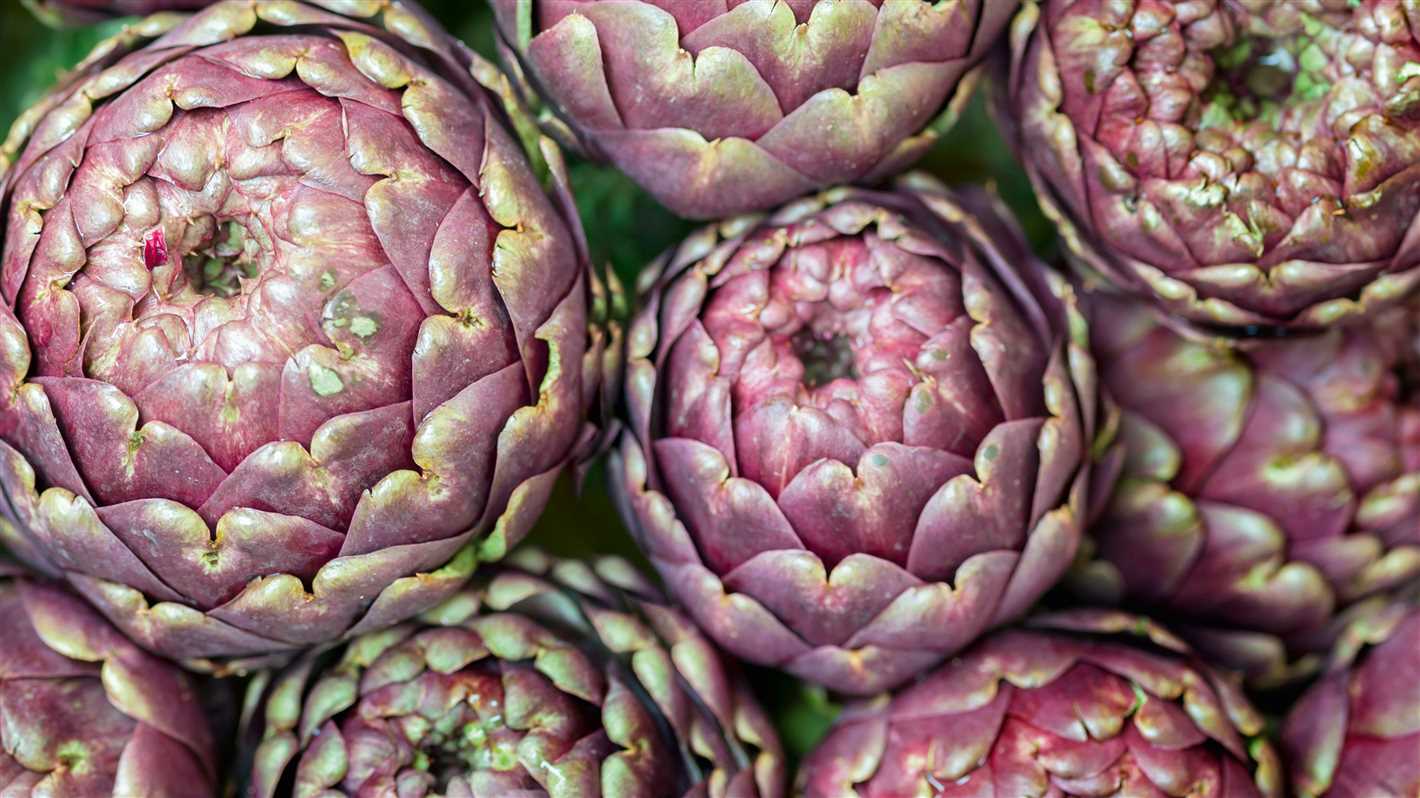
- Carrots: Carrots can be sown in March, and they prefer cool temperatures for optimal growth. Choose a sunny spot in your garden and sow the seeds directly into the soil. Make sure to keep the soil moist until the seeds germinate.
- Radishes: Radishes are fast-growing vegetables that can be sown in March. They thrive in cool weather and can be harvested within a few weeks. Sow the seeds directly into the soil and thin them out as they grow.
- Lettuce: Lettuce is another cool-weather vegetable that can be sown in March. There are many varieties of lettuce to choose from, so select the ones that you prefer. Sow the seeds in well-drained soil and keep them consistently watered.
- Peas: Peas are a great vegetable to sow in March. They prefer cooler temperatures and can tolerate some frost. Sow the seeds directly into the ground and provide support for the vines to climb.
- Spinach: Spinach can be sown in March for an early summer harvest. It is a cold-hardy vegetable that can tolerate light frosts. Sow the seeds in well-drained soil and keep them consistently watered.
- Onions: Onions can be sown in March for a late summer or fall harvest. Start them indoors and transplant them into the garden once they have developed a strong root system. Onions prefer well-draining soil and full sun.
Sowing vegetables in March allows you to get a head start on your garden and enjoy a bountiful harvest later in the year. Choose the vegetables that are best suited for your climate and garden conditions, and follow the specific sowing instructions for each type of vegetable.
How to Prepare the Soil for Sowing in March
Properly preparing the soil before sowing seeds in March is essential for the success of your vegetable garden. By following these steps, you can create an optimal environment for seeds to germinate and plants to grow:
Clear the area: Remove any weeds, rocks, or debris from the planting area. Clearing the area will prevent competition for nutrients and ensure that seeds have enough space to grow.
Loosen the soil: Break up compacted soil by using a garden fork or tiller. Loosening the soil will improve drainage and aeration, allowing plant roots to penetrate more easily.
Add organic matter: Incorporate organic matter into the soil, such as compost or well-rotted manure. Organic matter improves soil structure, fertility, and water retention. Spread a layer of 2-3 inches over the planting area and mix it into the top few inches of soil.
Test the soil: Use a soil testing kit to determine the pH level and nutrient content of your soil. Adjust the pH level if necessary by adding lime for acidic soil or sulfur for alkaline soil. Supplement with additional nutrients based on the test results, if needed.
Remove large stones: Pick out any large stones or rocks that may hinder plant growth or interfere with root development. Smaller rocks and pebbles can be left in the soil as they can help with drainage.
Level the soil: Use a rake or leveling tool to even out the soil surface. This will provide a smooth planting area and make it easier to sow seeds evenly.
Water the soil: Before sowing seeds, thoroughly water the soil to ensure good moisture levels. Moist soil creates the ideal conditions for seed germination.
Following these steps will help you prepare the soil for sowing vegetables in March. By providing a nutrient-rich and well-drained environment, you are giving your plants the best chance to thrive and produce a bountiful harvest.
Expert Tips for Sowing Vegetables in March
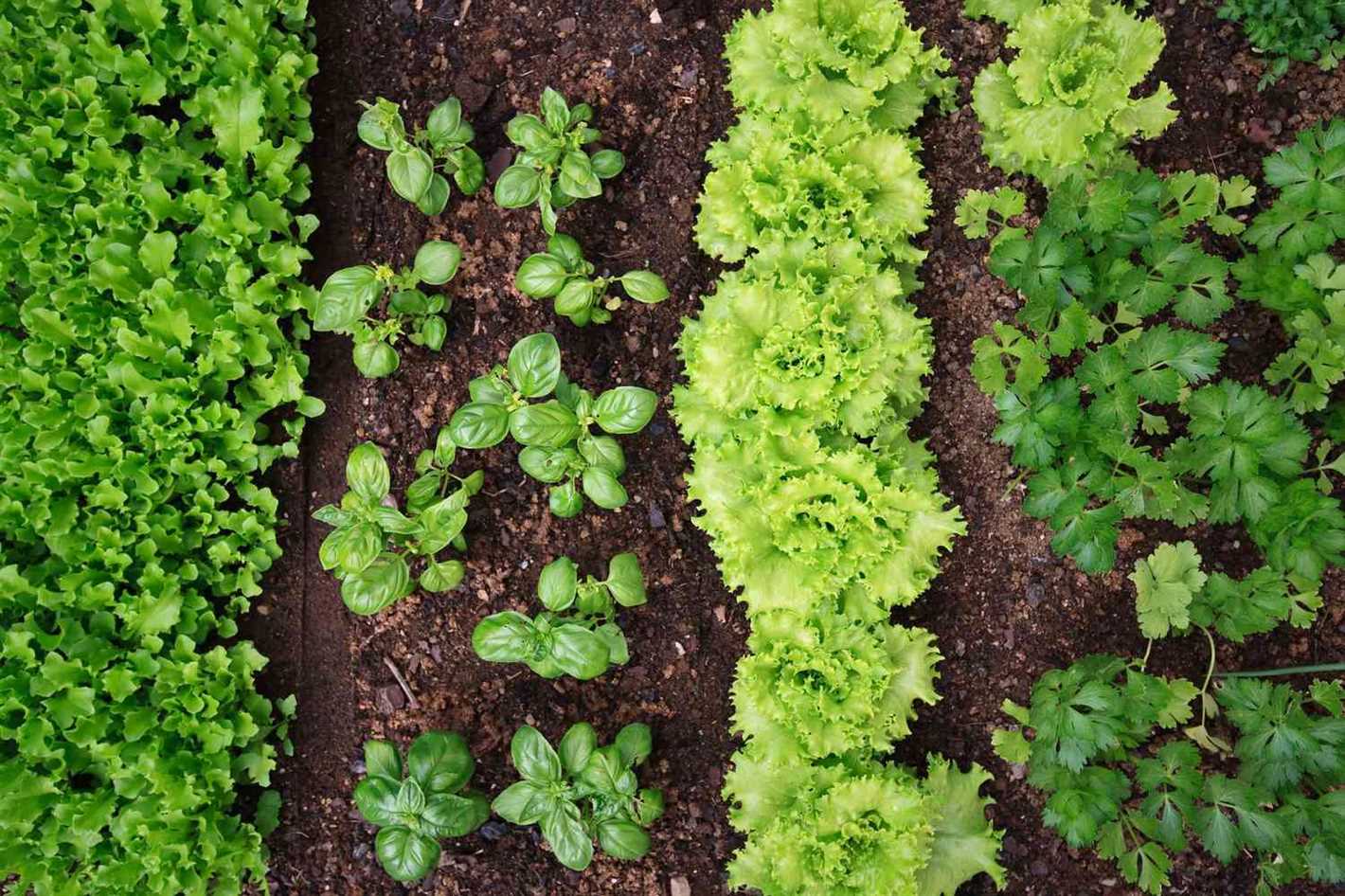
- Choose Cold-Tolerant Vegetables: When sowing vegetables in March, it is important to choose crops that can tolerate cooler temperatures. Some cold-tolerant vegetables include lettuce, spinach, kale, peas, carrots, and radishes.
- Prepare the Soil: Before sowing, make sure to prepare the soil by loosening it with a garden fork or tiller. Remove any weeds or debris and amend the soil with organic matter such as compost or well-rotted manure to improve its fertility.
- Consider Starting Seeds Indoors: To give your vegetable seeds a head start, consider starting them indoors in seed trays or pots. This can help protect them from any late frost and provide them with a warm environment for germination. Once the seedlings have grown and the weather has warmed up, they can be transplanted into the garden.
- Follow the Planting Instructions: Each vegetable has its own specific planting instructions, including spacing requirements, depth of planting, and watering needs. Make sure to read and follow the recommended guidelines for each crop to ensure successful growth.
- Protect Against Pests and Diseases: March can still have its fair share of pests and diseases that can affect vegetable crops. Protect your plants by using organic pest control measures such as companion planting, row covers, and natural predators. Keep an eye out for any signs of diseases and address them promptly.
- Provide Adequate Watering: While the weather may still be relatively cool in March, it is important to provide your newly sown seeds with adequate moisture. Water the garden regularly, especially during dry spells, but avoid overwatering as this can lead to fungal diseases.
- Maintain Weed Control: Weeds can quickly compete with your vegetable plants for nutrients and space. Keep the garden beds weed-free by regularly hoeing or hand-pulling any weeds that emerge. Mulching can also help control weed growth and retain moisture in the soil.
- Monitor and Adjust: As the weather fluctuates in March, monitor your vegetable plants closely. Adjust watering, soil amendments, and other care practices as needed to ensure optimal growth and health.
Common Mistakes to Avoid When Sowing in March

March is a crucial month for sowing vegetables in the open ground. However, there are some common mistakes that gardeners make when sowing during this time. Avoiding these mistakes can significantly improve the success of your vegetable garden. Here are some of the most common mistakes to avoid:
1. Sowing Too Early or Too Late
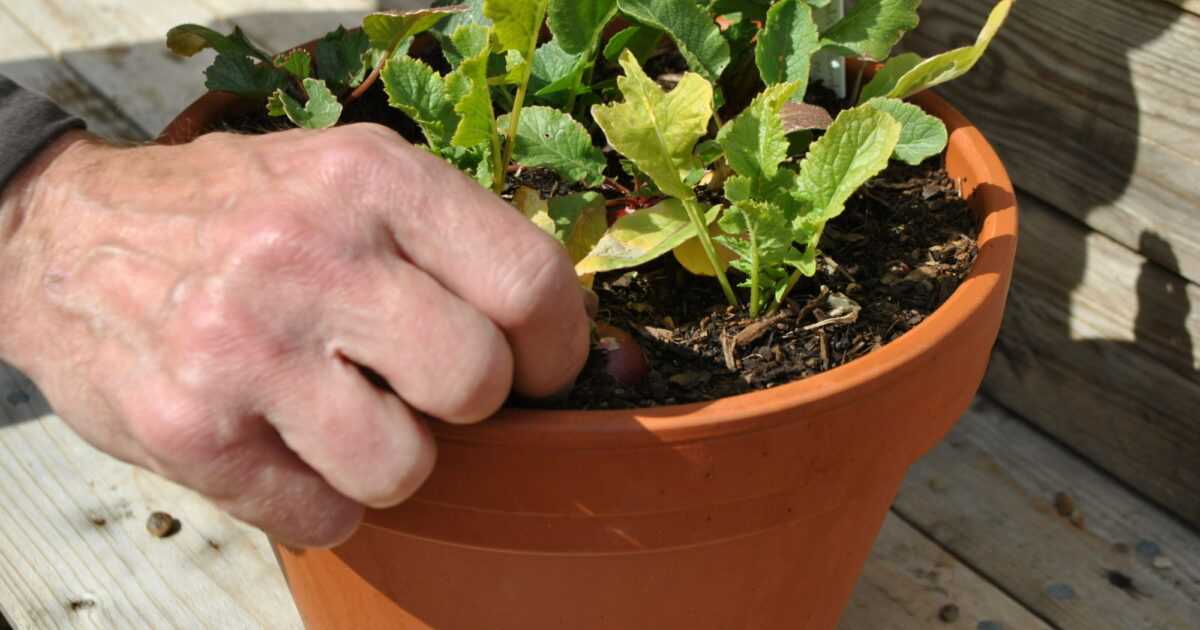
One of the biggest mistakes gardeners make in March is sowing their seeds too early or too late. It’s important to know the specific requirements of each vegetable you are sowing. Some vegetables, like peas and radishes, can be sown early in the month, while others, like peppers and tomatoes, need warmer soil temperatures and should be sown later in the month. Read the seed packets or consult a gardening guide to determine the optimal time for sowing each vegetable.
2. Overcrowding
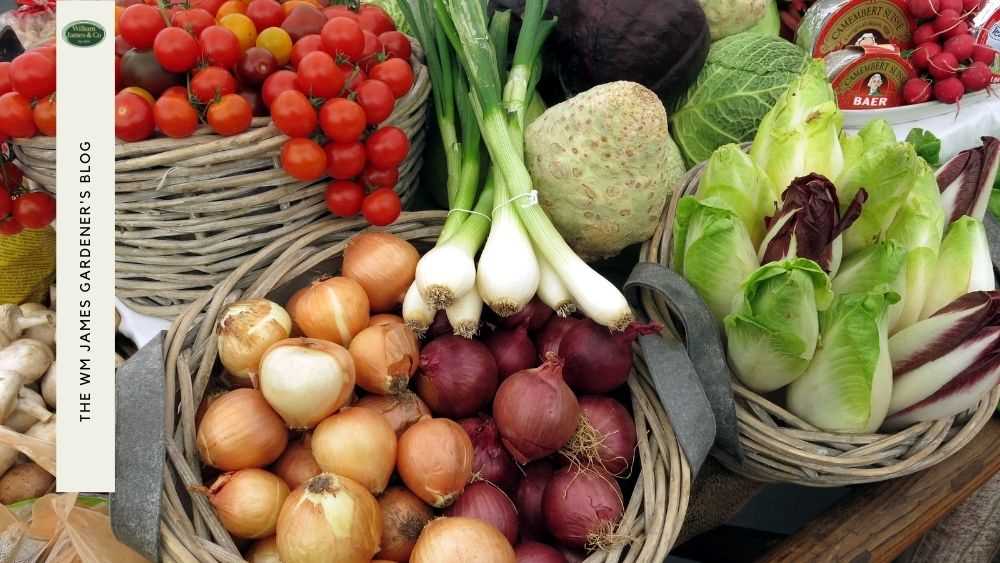
Another common mistake is overcrowding the seeds when sowing in March. It can be tempting to sow too many seeds in a small space, thinking that some may not germinate. However, overcrowding can lead to competition for nutrients, sunlight, and space, resulting in weak and stunted plants. Follow the recommended spacing guidelines on the seed packets to ensure healthy plant growth.
3. Ignoring Soil Prep
Proper soil preparation is crucial for successful sowing in March. Neglecting to prepare the soil can lead to poor drainage, nutrient deficiencies, and pest problems. Before sowing, ensure that the soil is well-drained, loose, and fertile. Remove any weeds, rocks, or debris, and amend the soil with organic matter, such as compost or well-rotted manure, to improve its structure and fertility.
4. Lack of Watering or Overwatering
Watering is a critical factor in seed germination and the early stages of plant growth. One common mistake gardeners make is forgetting to water the seeds or seedlings adequately. On the other hand, overwatering can lead to waterlogged soil and root rot. Keep the soil consistently moist, but not soggy, by watering regularly and monitoring the moisture levels.
5. Failure to Protect from Frost
March can still bring unexpected frost, especially in certain regions. Failure to protect your seeds or young seedlings from frost can result in their demise. Use protective measures like cloches, row covers, or even plastic bottles to shield your plants from frost. Keep an eye on the weather forecast and be prepared to take action if frost is predicted.
6. Not Labeling
It’s easy to forget what you sowed, especially if you sow multiple varieties of vegetables. Not labeling your seeds or seedlings can lead to confusion, especially when it comes to identifying the different plants and monitoring their growth. Use plant labels or markers to keep track of what you sow, including the variety and the sowing date.
Avoiding these common mistakes can help ensure a successful sowing in March. By sowing at the right time, providing adequate spacing, preparing the soil properly, watering correctly, protecting from frost, and labeling your plants, you can increase the chances of a bountiful vegetable harvest in the months to come.
How to Maintain the Planted Vegetables in March
1. Watering

Watering is an essential part of maintaining your planted vegetables, especially during the dry month of March. Make sure to water your plants deeply and thoroughly, ensuring that the water reaches the roots. This is particularly important for vegetables that require consistent moisture, such as tomatoes, peppers, and cucumbers. You can use a watering can or hose with a nozzle attachment to water your plants.
2. Mulching
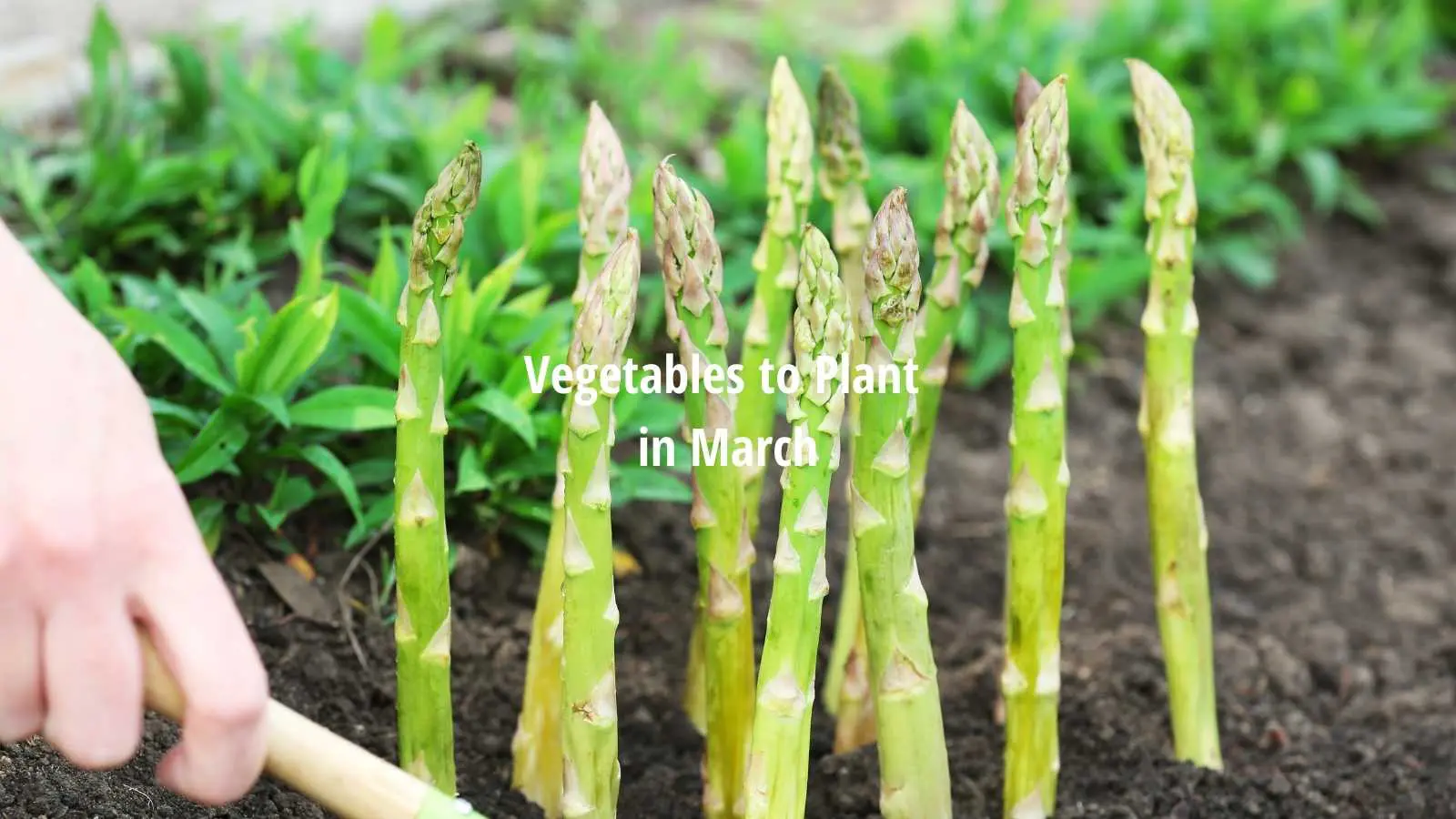
Mulching is a great way to conserve moisture in the soil and control weed growth. Apply a layer of organic mulch, such as straw or shredded leaves, around your plants. This will help to keep the soil temperature consistent, prevent evaporation, and suppress weed growth. Be sure to leave a small gap between the mulch and the base of the plant to prevent rot.
3. Fertilizing
Providing your planted vegetables with adequate nutrients is crucial for their growth and development. In March, you can begin fertilizing your plants with a balanced slow-release fertilizer or organic compost. Follow the instructions on the product packaging for the correct dosage and application method. Apply fertilizer around the base of the plants and gently work it into the soil.
4. Pest Control
March is a time when pests start to become more active. Keep an eye out for signs of pest damage, such as holes in leaves, chewed stems, or discoloration. If you notice any pests, take appropriate measures to control them. This can include handpicking the pests off the plants, using organic insecticides, or setting up physical barriers, such as netting, to keep pests away.
5. Pruning and Staking
As your plants grow, they may require pruning and staking for proper support and airflow. Prune any dead or diseased leaves or branches to promote healthy growth. Stake tall or vining plants, such as tomatoes or beans, to prevent them from falling over and to maximize sun exposure. Use bamboo stakes or trellises to provide support for your plants.
6. Weed Control
Regular weeding is important to prevent invasive weeds from competing with your vegetables for nutrients and water. Take time to remove any weeds that may have sprouted in your garden. Use a hoe or hand tools to carefully remove weeds from the root, ensuring that you don’t disturb the roots of your vegetables in the process.
7. Monitoring and Harvesting
Continuously monitor your plants for any signs of disease or nutrient deficiencies. Check for any changes in growth, color, or appearance. Harvest your vegetables when they are ripe and ready, ensuring that you handle them carefully and store them in appropriate conditions. Regular monitoring and harvesting will help you maintain the health and productivity of your planted vegetables in March.
Harvesting and Using Vegetables Sown in March
After sowing vegetables in March, it’s time to reap the rewards of your hard work. Here are some tips on how to harvest and use the vegetables you’ve sown:
1. Lettuce
Harvest the lettuce leaves by picking them individually or by cutting the entire head at the base. Use the fresh and crisp leaves in salads, sandwiches, or wraps.
2. Radishes
Radishes mature quickly, and you can start harvesting them when you see the round bulb forming. Gently pull the radishes out of the ground, and trim the leaves before using them in salads, pickling, or as a crunchy addition to sandwiches.
3. Spinach
Harvest spinach by picking the outer leaves when they reach a suitable size, leaving the younger inner leaves to grow. Use the tender leaves in salads, cook them as a side dish, or add them to soups and smoothies.
4. Carrots
Carrots take a bit longer to mature, usually around 2-3 months. When the tops of the carrot roots start to poke out of the ground, you can start harvesting them. Gently loosen the soil and pull out the carrots. Wash and peel them before using them in salads, stir-fries, or as a tasty snack.
5. Onions
Wait until the onion tops turn yellow and fall over before harvesting them. Once the tops have withered, gently lift the onions out of the ground and let them dry for a few days in a cool, dry place. After drying, they can be used in various dishes, such as soups, stews, or sauces.
6. Peas
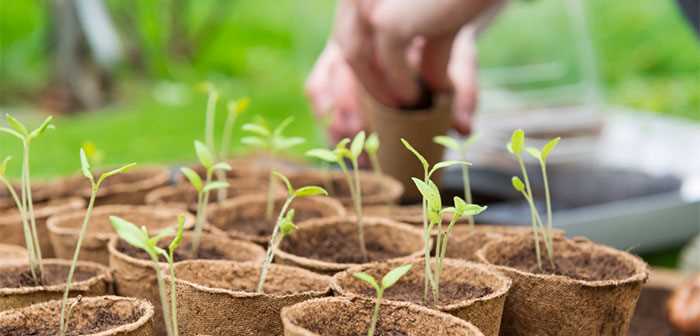
Harvest peas when they are plump and full in the pod. Simply snap off the pod from the plant and remove the peas inside. Use them fresh in dishes such as stir-fries, salads, or as a side dish.
7. Beetroot
Beetroots are ready for harvest when they reach the desired size, usually around 1-2 inches in diameter. Gently pull the beetroot out of the ground, cut off the leaves (which can be used in salads), and wash the beetroot before peeling and using it in salads, roasts, or pickling.
Remember to always wash and prepare your harvested vegetables properly before using them in cooking or storing them for later use. Enjoy the fresh flavors and nutritional benefits of the vegetables you’ve sown in March!
“Question-Answer”
What vegetables can be sown in the open ground in March?
In March, you can sow a variety of vegetables in the open ground, including carrots, radishes, peas, lettuce, spinach, and beets.
Does sowing vegetables in March require any special preparation?
Before sowing vegetables in March, it is important to prepare the soil by loosening it, removing any weeds, and adding organic matter to improve fertility.
Is it necessary to protect the newly sown vegetables from frost?
Yes, it is important to protect the newly sown vegetables from frost by covering them with a protective layer such as a row cover or cloche.
Are there any vegetables that should not be sown in March?
Some vegetables, such as tomatoes and peppers, should not be sown in March as they require warmer temperatures to germinate and grow properly.
How often should I water the newly sown vegetables?
The newly sown vegetables should be watered regularly, keeping the soil consistently moist but not waterlogged. It is important to water them whenever the top inch of soil feels dry.
What are some common pests that can damage newly sown vegetables?
Some common pests that can damage newly sown vegetables include slugs, snails, aphids, and caterpillars. It is important to take appropriate measures to protect the plants from these pests.
Can I start sowing vegetables in containers in March?
Yes, you can start sowing vegetables in containers in March. This can be a good option for those who have limited space or want to get a head start on their gardening.







